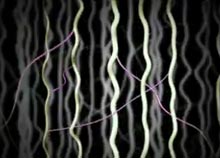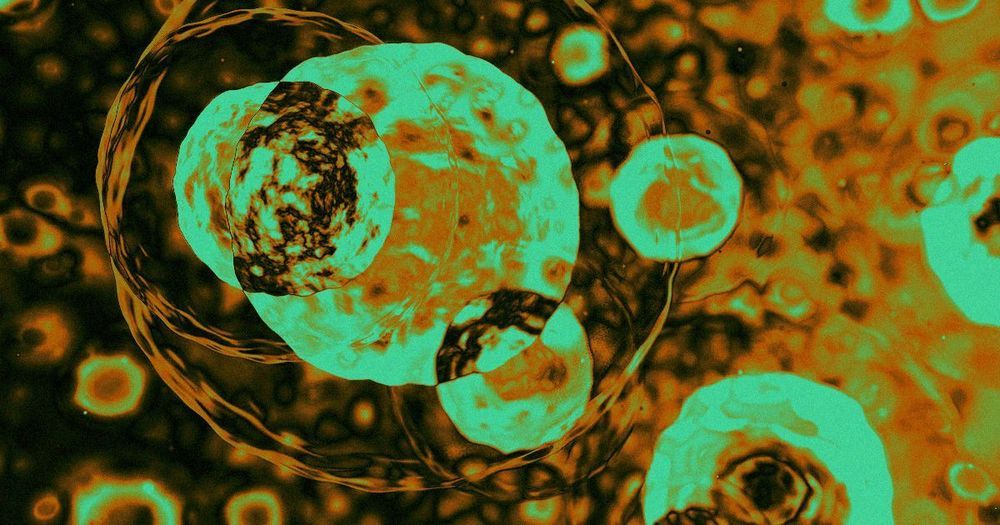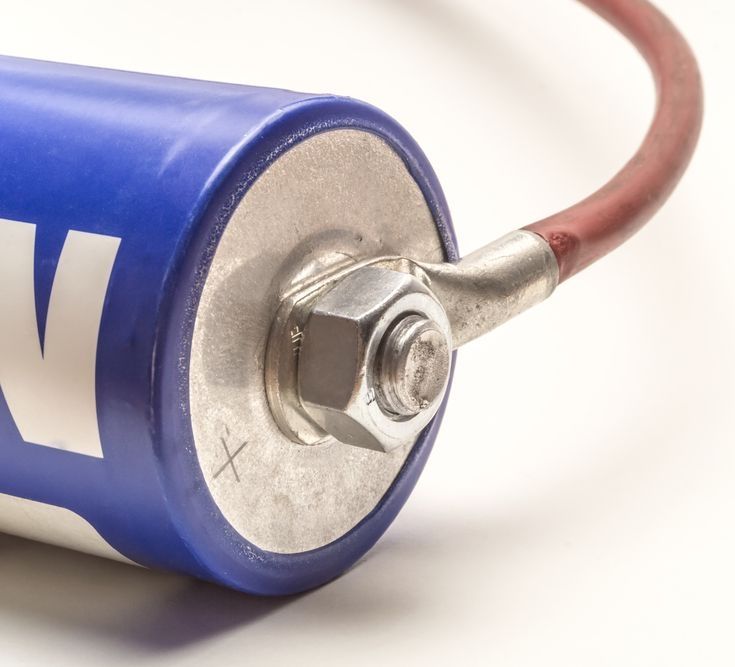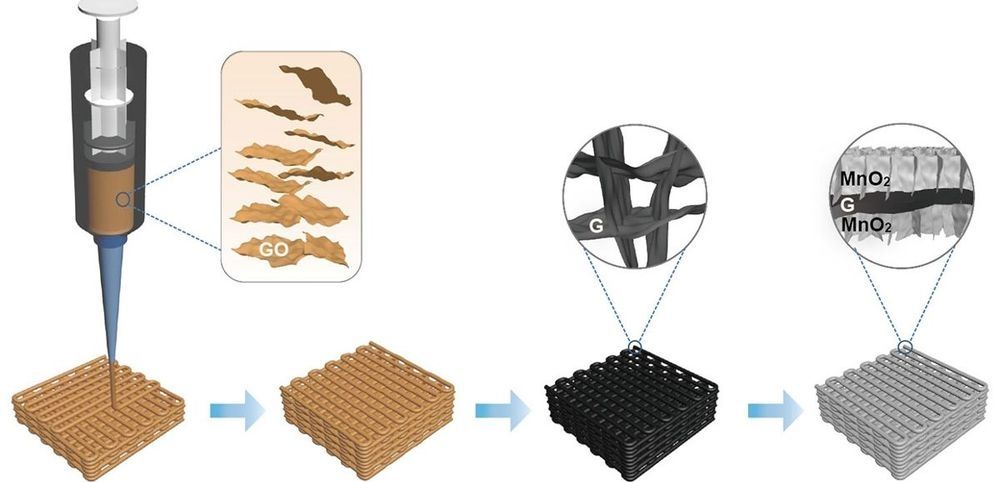Page 9114
Feb 15, 2019
Anti-Aging Drug That Kills Old Cells Passes First Human Trial
Posted by Montie Adkins in categories: biotech/medical, life extension
Over the course of three weeks, the patients took nine doses of a leukemia drug called dasatinib and quercetin, a supplement. By the end of the trial, the patients were reportedly able to walk farther than they could previously in the same amount of time and other signs of improved well being — all without any serious side effects.
“Though small, this pilot study marks a major breakthrough in how we treat age-related diseases such as IPF,” researcher Jamie Justice said in a press release. “Here, we’ve therapeutically targeted a fundamental biological hallmark of aging that is implicated in IPF, and we show early but promising results for the first time in human patients.”
Feb 15, 2019
Ending Aging. Be Excited!
Posted by Nicholi Avery in categories: biotech/medical, life extension

Be excited! Technology is rapidly advancing to eliminate age related sickness and death.
Imagine a world where aging will be reversed and people can remain young and in good health. Dr. Aubrey de Gray and others are working on therapies in making this a reality.
Feb 15, 2019
Environmental noise found to enhance the transport of energy across a line of ions
Posted by Genevieve Klien in categories: information science, quantum physics, space travel
A team of researchers affiliated with several institutions in Austria and Germany has shown that introducing environmental noise to a line of ions can lead to enhanced transport of energy across them. In their paper published in Physical Review Letters, the researchers describe their experiments and why they believe their findings will be helpful to other researchers.
Prior research has shown that when electrons move through conductive material, the means by which they do so can be described by quantum mechanics equations. But in the real world, such movement can be hindered by interference due to noise in the environment, leading to suppression of the transport energy. Prior research has also shown that electricity moving through a material can be described as a wave—if such waves remain in step, they are described as being coherent. But such waves can be disturbed by noise or defects in an atomic lattice, leading to suppression of flow. Such suppression at a given location is known as an Anderson localization. In this new effort, the researchers have shown that Anderson localizations can be overcome through the use of environmental noise.
The work consisted of isolating 10 calcium ions and holding them in space as a joined line—a one-dimensional crystal. Lasers were used to switch the ions between states, and energy was introduced to the ion line using laser pulses. This setup allowed them to watch as energy moved along the line of ions from one end to the other. Anderson localizations were introduced by firing individual lasers at each of the ions—the energy from the lasers resulted in ions with different intensities. With a degree of disorder in place, the team then created noise by randomly changing the intensity of the beams fired at the individual ions. This resulted in frequency wobble. And it was that wobble that the team found allowed the movement of energy between the ions to overcome the Anderson localizations.
Feb 15, 2019
Superinsulating aerogel resists mechanical and thermal shocks
Posted by Quinn Sena in categories: materials, space travel
New ultralight hexagonal boron nitride material could be used in extreme-temperature applications such as spacecraft.
Feb 15, 2019
3D Printed Graphene Aerogel Enhances Supercapacitor Ability
Posted by Quinn Sena in categories: 3D printing, materials
Researchers are using 3D printing to develop electrodes with the highest electric charge store per unit of surface area ever reported for a supercapacitor.
A research collaboration from the University of California Santa Cruz and the U.S. Department of Energy’s Lawrence Livermore National Laboratory have 3D printed a graphene aerogel that enabled them to develop a porous three-dimensional scaffold loaded with manganese oxide that yields better supercapacitor electrodes. The recently published their findings in Joule. Yat Li, a professor of chemistry and biochemistry at UC Santa Cruz, explained the breakthrough in an interview with R&D Magazine.
“So what we’re trying to address in this paper is really the loading of the materials and the amount of energy we can store,” Li said. “What we are trying to do is use a printing method to print where we can control the thickness and volume.
Continue reading “3D Printed Graphene Aerogel Enhances Supercapacitor Ability” »
Feb 15, 2019
3D Printed Graphene Aerogel Offers Highest-Ever Capacitance for a Supercapacitor
Posted by Quinn Sena in categories: 3D printing, materials
After what has seemed a bit of a lapse in the timeline of their development, graphene-enabled supercapacitors may be poised to make a significant advance. Researchers at the University of California, Santa Cruz, and Lawrence Livermore Laboratory (LLNL) have developed an electrode for supercapacitors made from a graphene-based aerogel. The new supercapacitor component has the highest areal capacitance (electric charge stored per unit of surface area) ever reported for a supercapacitor.
The 3D-printing technique they leveraged to make the graphene electrode may have finally addressed the trade-offs between the gravimetric (weight), areal (surface area), and volumetric (total volume) capacitance of supercapacitor electrodes that were previously thought to be unavoidable.
In previous uses of pure graphene aerogel electrodes with high surface area, volumetric capacitance always suffered. This issue has typically been exacerbated with 3D-printed graphene aerogel electrodes; volumetric capacitance was reduced even further because of the periodic large pores between the printed filaments.
Feb 15, 2019
An adhesive that holds tight in cold, gets stronger in heat
Posted by Quinn Sena in category: materials
Circa 2016
Researchers have developed a new dry adhesive that not only bonds in extreme temperatures, it even gets stronger as the heat goes up. The gecko-inspired material maintains its hold in extreme cold and actually gets stickier in extreme heat.
Feb 15, 2019
China produces nano fibre that can lift 160 elephants – and a space elevator?
Posted by Quinn Sena in category: materials
Circa 2018
Scientists say 1cu cm of the material won’t break under the weight of 800 tonnes.
Feb 15, 2019
Carbon Nanotube Ribbons Could Give Superman a Run for His Money
Posted by Quinn Sena in categories: cyborgs, economics, nanotechnology
 Lighter than air! Stronger than steel! More flexible than rubber! No, it’s not an upcoming superhero flick: It’s the latest marvelous formulation of carbon nanotubes–at least as reported by the creators of the new super-material. Researchers working on artificial muscles say they’ve created nanotech ribbons that make our human muscles look puny by comparison. The ribbons, which are made of long, entangled 11-nanometer-thick nanotubes, can stretch to more than three times their normal width but are stiffer and stronger than steel… They can expand and contract thousands of times and withstand temperatures ranging from −190 to over 1,600 °C. What’s more, they are almost as light as air, and are transparent, conductive, and flexible [Technology Review].
Lighter than air! Stronger than steel! More flexible than rubber! No, it’s not an upcoming superhero flick: It’s the latest marvelous formulation of carbon nanotubes–at least as reported by the creators of the new super-material. Researchers working on artificial muscles say they’ve created nanotech ribbons that make our human muscles look puny by comparison. The ribbons, which are made of long, entangled 11-nanometer-thick nanotubes, can stretch to more than three times their normal width but are stiffer and stronger than steel… They can expand and contract thousands of times and withstand temperatures ranging from −190 to over 1,600 °C. What’s more, they are almost as light as air, and are transparent, conductive, and flexible [Technology Review].
The material is made from bundles of vertically aligned nanotubes that respond directly to electricity. Lengthwise, the muscle can expand and contract with tremendous speed; from side-to-side, it’s super-stiff. Its possibilities may only be limited by the imaginations of engineers. [The material’s composition] “is akin to having diamond-like behavior in one direction, and rubber-like behavior in the others” [Wired], says material scientist John Madden, who wasn’t involved in the research.
When voltage is applied to the material, the nanotubes become charged and push each other away, causing the material to expand at a rate of 37,000 percent per second, tripling its width. That’s 10 times as far and 1000 times as fast as natural muscle can move, and the material does so while generating 30 times as much force as a natural muscle [IEEE Spectrum]. The researchers put together a video to illustrate the concept, and will publish their work in Science tomorrow.
Continue reading “Carbon Nanotube Ribbons Could Give Superman a Run for His Money” »
















